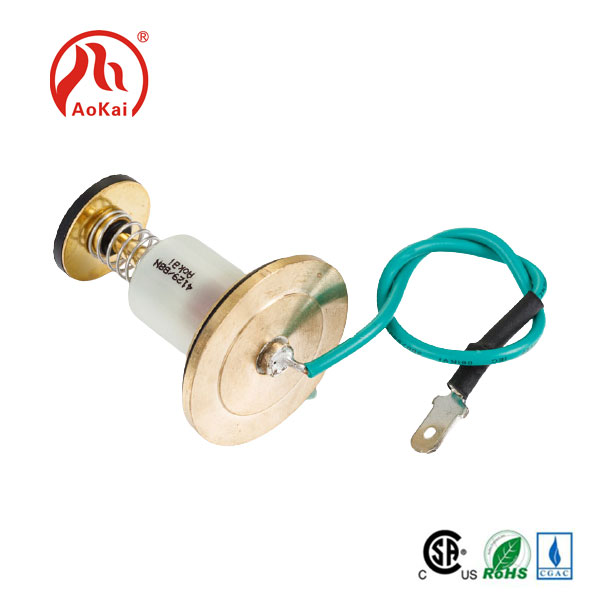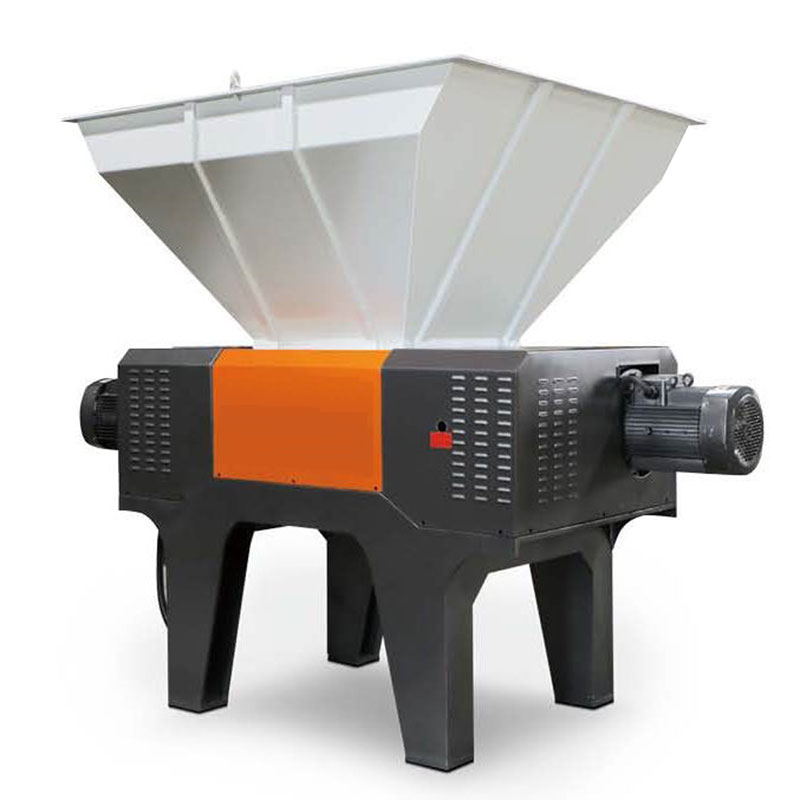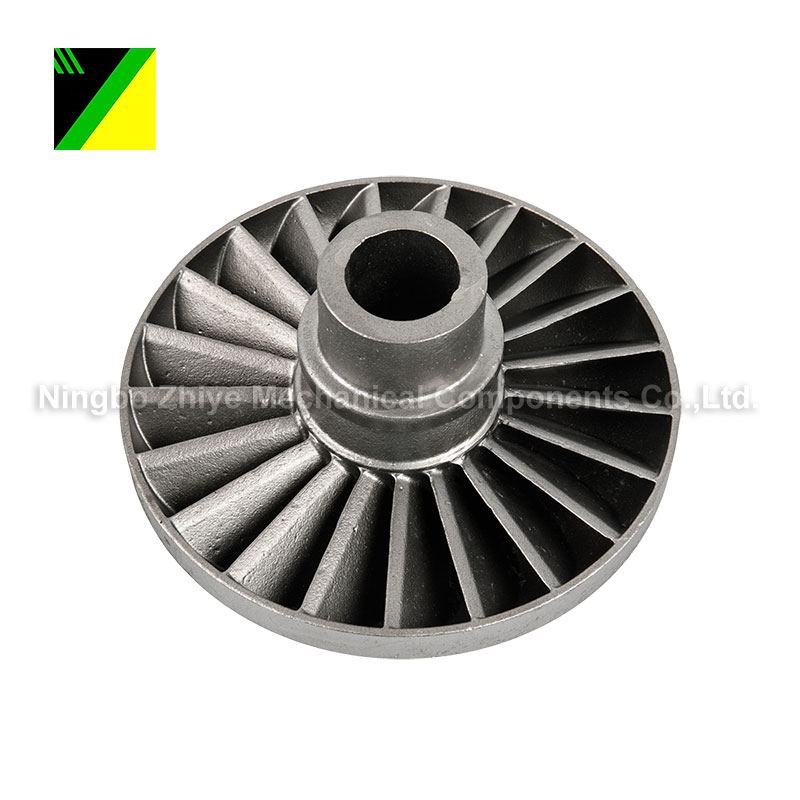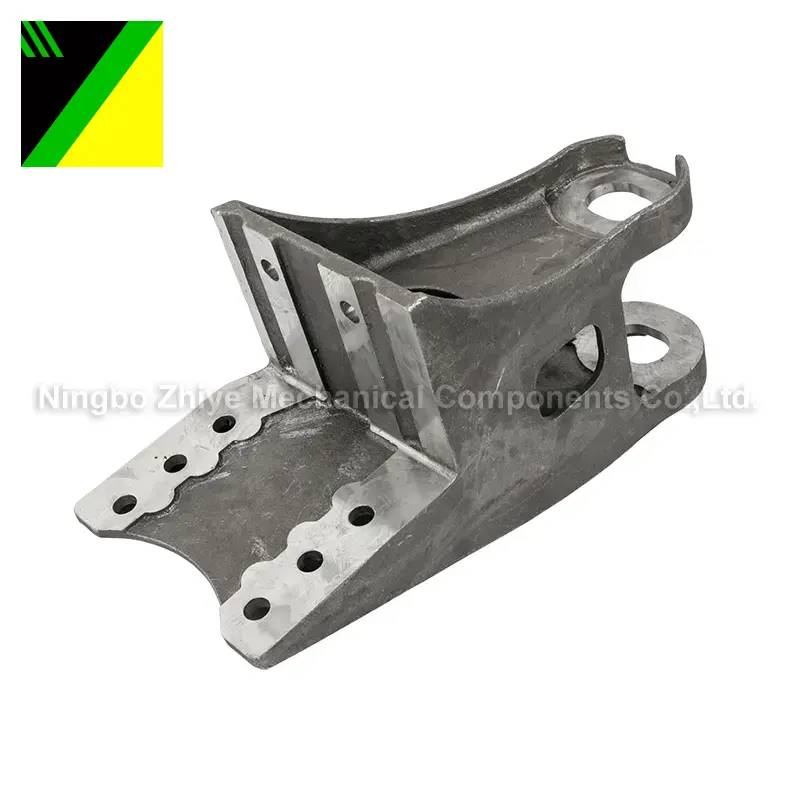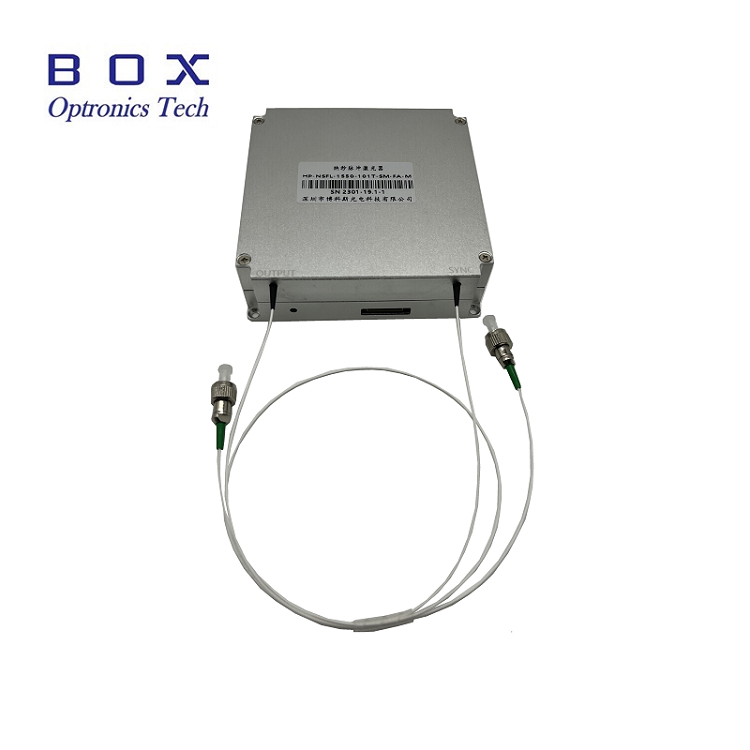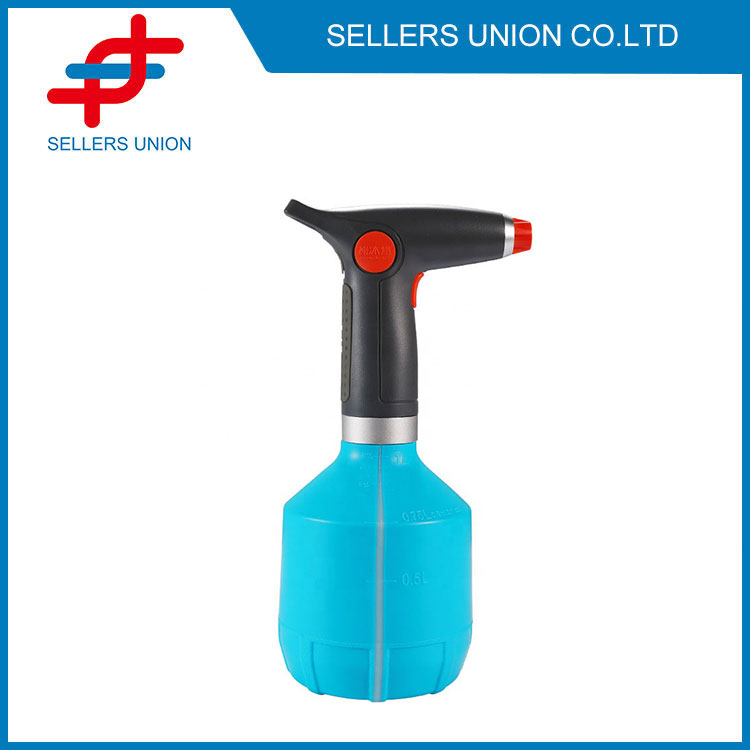Solenoid Valve
A solenoid valve is an electromechanical device that is used to control the flow of liquid or gas through a pipe or tubing system. It consists of a coil, a plunger or piston, and a valve seat. When an electric current is applied to the coil, it generates a magnetic field that moves the plunger or pi......
Send Inquiry
Product Description
A solenoid valve is an electromechanical device that is used to control the flow of liquid or gas through a pipe or tubing system. It consists of a coil, a plunger or piston, and a valve seat. When an electric current is applied to the coil, it generates a magnetic field that moves the plunger or piston, opening or closing the valve.
Here are some key features and considerations related to solenoid valves:
1. Function: Solenoid valves are primarily used to control the flow of fluids or gases in various applications. When the solenoid is energized, the valve opens, allowing the fluid or gas to pass through. When the solenoid is de-energized, the valve closes, stopping the flow.
2. Types: Solenoid valves come in different configurations and designs to suit specific applications. The most common types include:
- Normally Closed (NC) valves: These valves are closed when the solenoid is de-energized and open when the solenoid is energized.
- Normally Open (NO) valves: These valves are open when the solenoid is de-energized and close when the solenoid is energized.
- Direct-acting valves: These valves use the magnetic force generated by the solenoid to directly move the plunger or piston and control the valve operation.
- Pilot-operated valves: These valves use a smaller pilot valve to control the flow of a larger valve. The pilot valve is operated by the solenoid and controls the opening and closing of the main valve.
3. Applications: Solenoid valves are used in various industries and applications, including:
- Fluid control systems: Solenoid valves are commonly used in plumbing, irrigation, HVAC (heating, ventilation, and air conditioning), water treatment, and industrial processes to control the flow of liquids, such as water, oil, chemicals, or gases.
- Automation: Solenoid valves play a crucial role in automated systems and machinery, where they are used to control fluid flow based on electronic or programmable logic signals.
- Medical equipment: Solenoid valves are used in medical devices, such as dental chairs, anesthesia machines, and diagnostic equipment, to control the flow of gases and fluids.
- Automotive industry: Solenoid valves are used in vehicles for applications like fuel injection, transmission control, emission control, and air conditioning systems.
4. Electrical Control: Solenoid valves require an electrical power source to operate. They typically operate on low voltage (commonly 12V or 24V) or line voltage (usually 110V or 220V AC). The solenoid valve can be controlled manually through a switch or electronically using sensors, timers, or programmable logic controllers (PLCs).
5. Considerations: When selecting a solenoid valve, factors to consider include the fluid or gas being controlled, the pressure and temperature requirements, the flow rate, the voltage and electrical specifications, the size and thread compatibility with the pipe or tubing system, and any specific certifications or standards required for the application.
Solenoid valves are versatile devices used for controlling the flow of fluids and gases in various industries and applications. Their ability to provide fast and precise operation makes them a popular choice for automated systems and processes.
